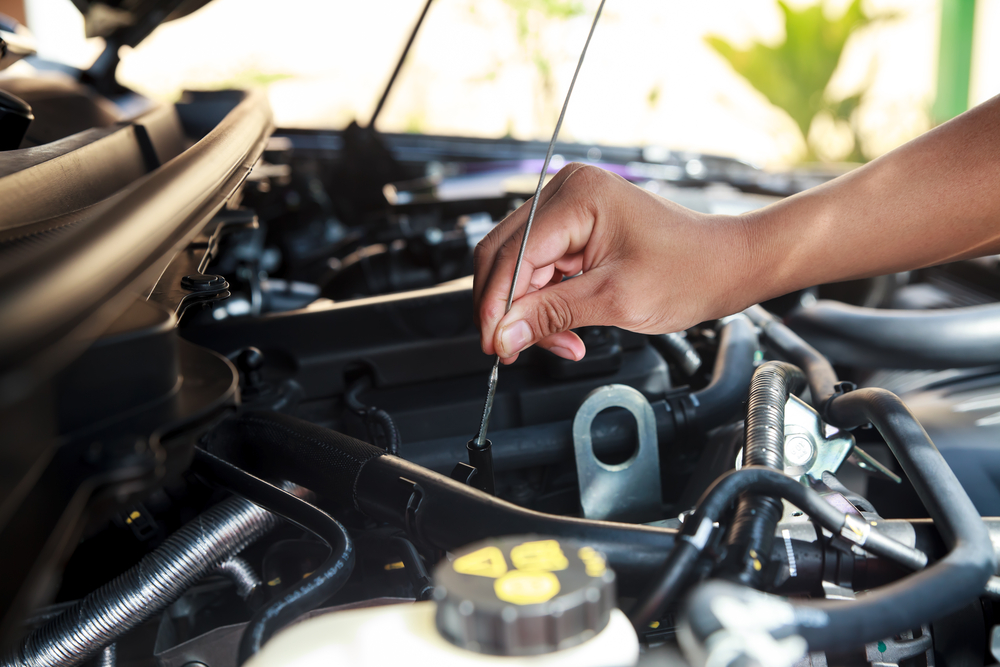All Categories
Featured
Your car's shock absorber is a vital element that boosts your driving experience by providing stability, control, and convenience. In time, deterioration on this system can compromise your auto's safety and security and efficiency. By taking on proper upkeep techniques, you can expand the life of your suspension and avoid expensive repairs. Right here's a step-by-step guide to maintaining your suspension system in exceptional form.
![]()
Leaking Fluid: Oil around the struts or shocks indicates they might require substitute. Harmed Springs: Fractures or breaks in the springs can trigger irregular lorry height. Rust or Rust: Steel elements like control arms and bushings are prone to deterioration with time. Have your suspension system evaluated by a specialist technician. if you observe any type of abnormalities.
Maintain tires inflated to the advised pressure. Turn tires every 5,000 to 7,500 miles. Balance and straighten wheels each year or after hitting fractures or visuals. Uneven tire wear is an usual indication of suspension imbalance or worn parts.
![]()
Verdict. Appropriate maintenance of your shock absorber is essential for making sure a comfortable and risk-free driving experience. By carrying out normal inspections, replacing used parts, maintaining tire treatment, and driving sensibly, you can maintain your suspension in peak condition. Aggressive care not just protects against pricey fixings however also guarantees your automobile's durability and safety for every journey.
- Comprehend the Relevance of the Shock Absorber. The suspension system soaks up shocks from irregular roads, supports the cars and truck's weight, and keeps the tires firmly touching the road. It includes shocks, shows off, springs, control arms, and bushings, all of which job together to make sure a stable and smooth experience. Identifying its relevance is the initial step toward correct care.
- Conduct Normal Visual Inspections. Constant aesthetic checks can aid recognize possible concerns early. Try To Find:

Leaking Fluid: Oil around the struts or shocks indicates they might require substitute. Harmed Springs: Fractures or breaks in the springs can trigger irregular lorry height. Rust or Rust: Steel elements like control arms and bushings are prone to deterioration with time. Have your suspension system evaluated by a specialist technician. if you observe any type of abnormalities.
- Address Unusual Sounds and Symptoms. Uncommon noises, such as creaking, squeaking, or clunking, typically signal suspension concerns. In a similar way, a bouncy experience, difficulty steering, or the car pulling away indicates that a suspension component may need focus. Don't ignore these signs; early discovery can protect against further damage.
- Keep Proper Tire Care. Tires and suspension work together to supply a smooth ride. To decrease stress on your suspension system:
Maintain tires inflated to the advised pressure. Turn tires every 5,000 to 7,500 miles. Balance and straighten wheels each year or after hitting fractures or visuals. Uneven tire wear is an usual indication of suspension imbalance or worn parts.
- Change Worn-Out Components on Time. Suspension parts like shocks, struts, and bushings break over time. Producers generally suggest replacing shocks and shows off every 50,000 to 100,000 miles, depending on driving problems. Postponing substitute can jeopardize handling, safety and security, and general automobile efficiency.

- Avoid Overloading Your Car. Surpassing your car's weight capacity puts excessive strain on the suspension system. This can lead to faster tear and use on parts like shocks and springtimes. Always examine your owner's guidebook for weight limitations and stay clear of overloading.
- Drive Properly. Aggressive driving habits, such as speeding over gaps, taking edges also fast, or often driving on harsh roads, can harm your suspension. Practice mindful driving to decrease wear and prolong the life-span of your suspension system.
- Arrange Expert Evaluations. Regular specialist examinations are important for identifying covert issues and making sure ideal efficiency. Technicians can identify troubles that aren't noticeable during a DIY check, such as used sphere joints or control arm damages.
Verdict. Appropriate maintenance of your shock absorber is essential for making sure a comfortable and risk-free driving experience. By carrying out normal inspections, replacing used parts, maintaining tire treatment, and driving sensibly, you can maintain your suspension in peak condition. Aggressive care not just protects against pricey fixings however also guarantees your automobile's durability and safety for every journey.
Latest Posts
Trustworthy Commercial Roof Covering Solutions by Weathercraft
Published May 26, 25
1 min read
Uncover Best Vehicle Maintenance Solutions from Montclare Auto Repair – Quality Service Today
Published May 25, 25
1 min read
Trusted Expenses Door Solutions for Houses and Businesses
Published May 24, 25
1 min read
More
Latest Posts
Trustworthy Commercial Roof Covering Solutions by Weathercraft
Published May 26, 25
1 min read
Uncover Best Vehicle Maintenance Solutions from Montclare Auto Repair – Quality Service Today
Published May 25, 25
1 min read
Trusted Expenses Door Solutions for Houses and Businesses
Published May 24, 25
1 min read